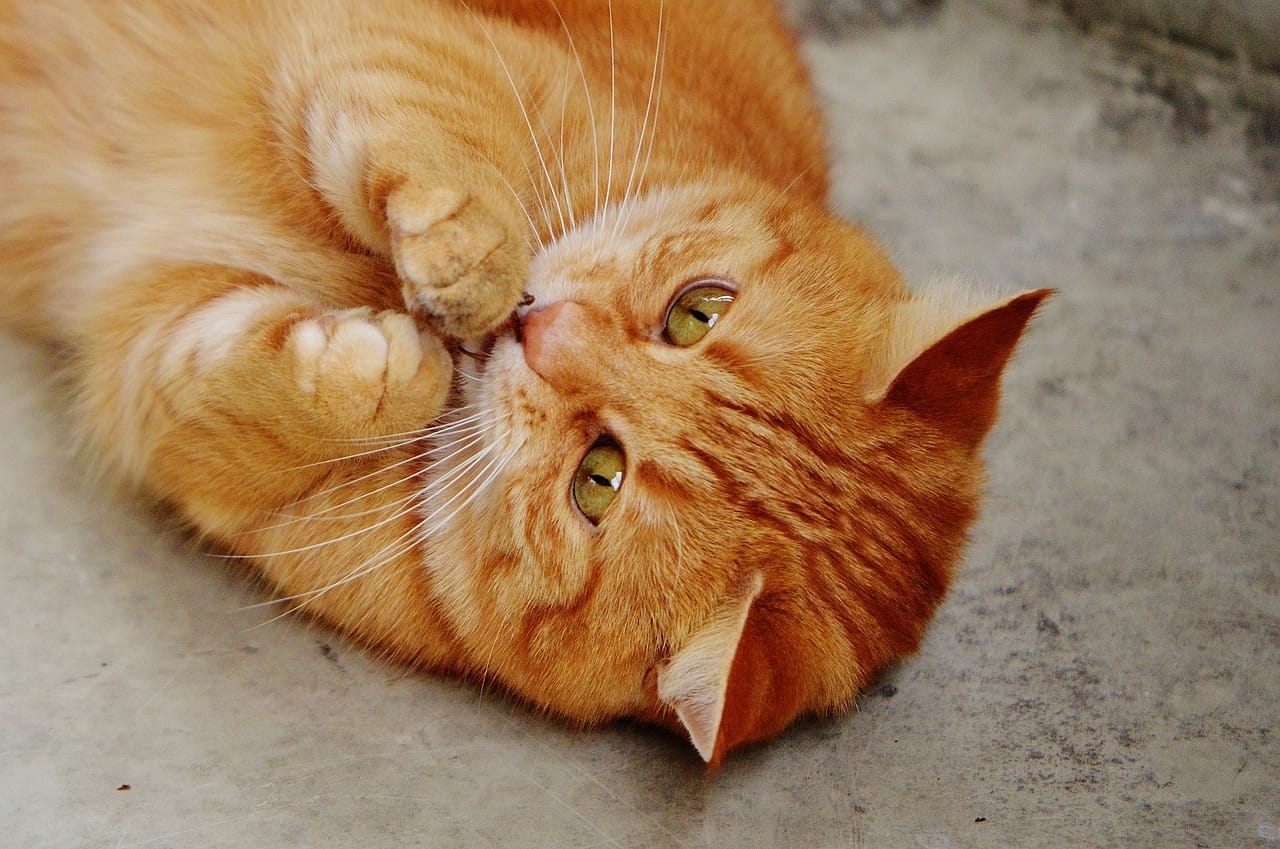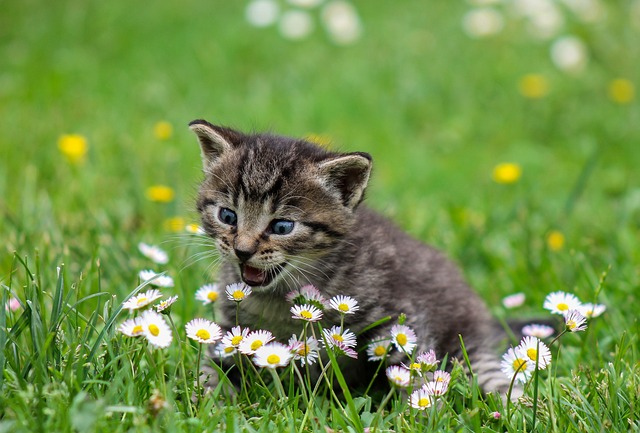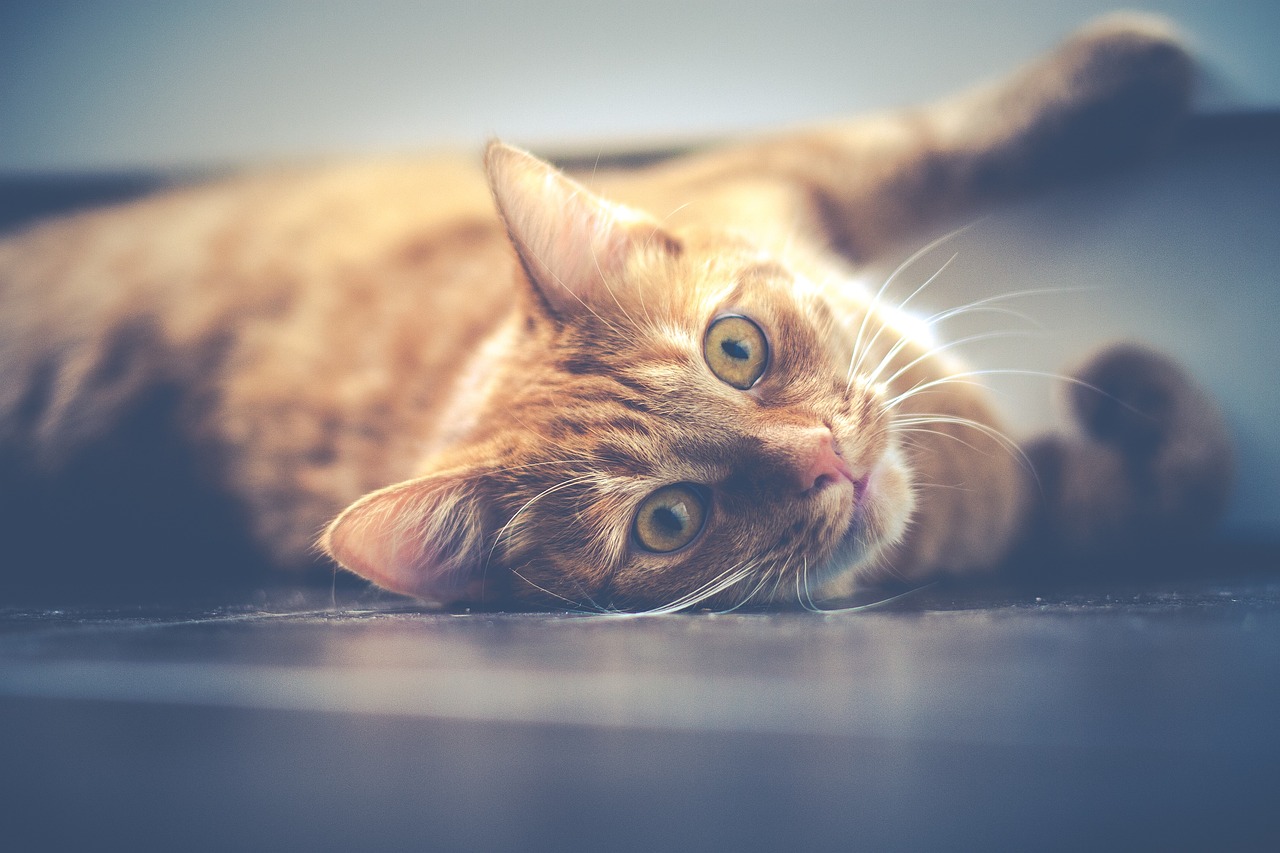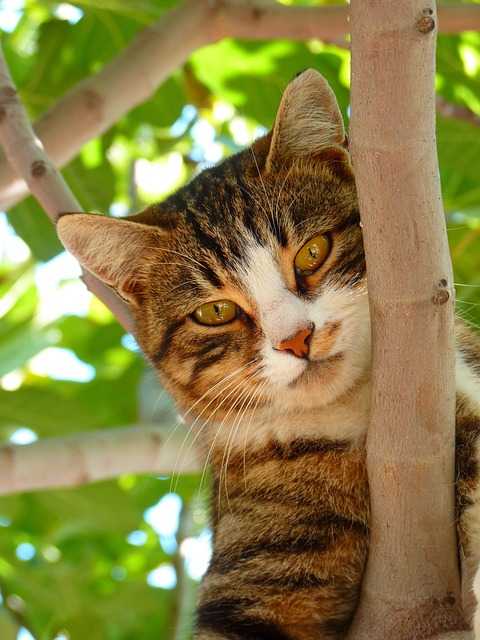Cat lovers often marvel at the elegance and mystery surrounding their feline companions, and one aspect that never fails to captivate is their paws. These multifunctional appendages play a crucial role in a cat’s daily life, from communication to climbing. In this article, we’ll explore 10 fascinating facts about your cat’s paws that will deepen your appreciation for these remarkable features.
The Anatomy of Cat Paws
Cat paws are marvels of evolution, designed for agility and precision. Each paw consists of five digits, including retractable claws controlled by specialized tendons. The digital pads provide cushioning and traction, enabling cats to navigate various surfaces with ease.
Sensory Abilities of Cat Paws
Cats rely heavily on their paws for sensory input. The pads on their paws are equipped with sensitive nerve endings, allowing them to explore their environment and detect subtle changes in texture and temperature. Whisker-like hairs, or vibrissae, located on the back of their front legs, enhance their tactile sensitivity.
Paws and Communication
Kneading, a rhythmic motion of pushing and pulling with the front paws, is a common behavior observed in cats. This instinctual behavior dates back to kittenhood when nursing from their mother. Cats may also mark their territory by scent glands located on their paw pads, leaving behind their unique scent.
Paw Care and Grooming
Maintaining paw hygiene is essential for a cat’s overall well-being. Cats meticulously groom their paws using their tongues, removing dirt and debris. Cat owners can assist in paw care by regularly inspecting and gently cleaning their cat’s paws and trimming their claws as needed.
Paws and Climbing
Cats are natural climbers, thanks in part to their remarkable paw structure. Their retractable claws provide traction and stability as they scale trees and navigate challenging terrain. The flexibility and dexterity of their paws enable them to grip onto surfaces with precision.
Cat Paws Health and Common Issues
Despite their resilience, cat paws are susceptible to various health issues, including infections, injuries, and dermatological conditions. It’s essential for cat owners to monitor their cat’s paw health, looking out for signs of redness, swelling, or limping, which may indicate an underlying problem.
Paw Prints and Identification
Cat paw prints are as unique as fingerprints, making them valuable identifiers in forensic investigations and artistic endeavors. Artists and detectives alike have long recognized the distinctive patterns left behind by a cat’s paw, which can provide insight into their movements and behavior.
Paw Preferences and Handedness
Just like humans, cats may exhibit paw preferences or handedness. Some cats show a preference for using their left paw, while others favor their right. This phenomenon, known as lateralization, is still the subject of ongoing research in the field of animal behavior.
Paws and Hunting Instincts
Cat paws play a pivotal role in hunting and capturing prey. Their sharp claws allow them to grasp and immobilize small animals effectively. Cats often employ a hunting technique known as the “silent stalk,” where they use their paws to move stealthily and ambush their prey with precision.
Cat Paws and Emotional Expression
Cats use their paws to express a range of emotions, from affection to defense. Gentle paw taps, commonly known as “kitty kisses,” are a sign of trust and affection. However, cats may also use their paws defensively when feeling threatened or anxious, swatting or batting at perceived threats to assert dominance or establish boundaries.
Conclusion
Cat paws are more than just adorable accessories; they are integral to a cat’s survival and well-being. By understanding the intricacies of your cat’s paws, you can develop a deeper connection with your feline friend and provide them with the care and attention they deserve. So, the next time you marvel at your cat’s graceful movements, take a moment to appreciate the marvels of their paws.






